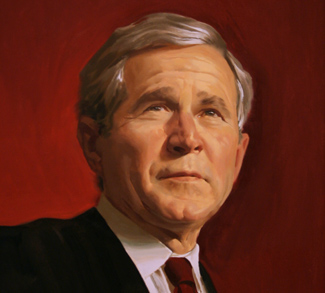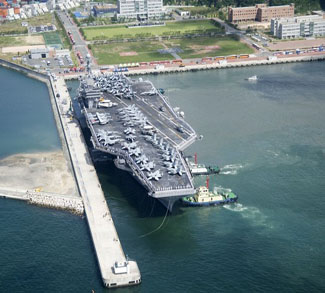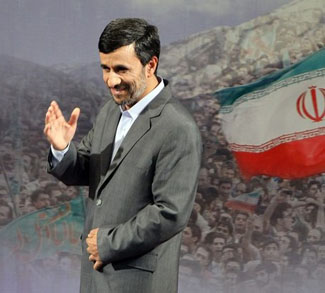September 10, 2024, marked the 60th anniversary of the creation of the African Development Bank (AfDB). The occasion was described as a “day of joy” in the words of bank president Akinwunmi Adesina speaking at the Bank’s headquarters in Abidjan. The event was hosted by Ivorian president Alassane Outtara, who also delivered remarks.
In the past ten years, the AfDB has provided around $77 billion in direct investment in African projects. Over the past eight years, the proportion of Africans with access to electricity has doubled to just over 50%, a statistic highlighted by Adesina. Over 3,000 total projects have been funded within the same time frame.
A premier financial institution, and arguably Africa’s “most trusted development partner” in providing needed capital, the African Development Bank serves as an alternative to the largest sources of funds such as from the United States, China, and other multilateral institutions like the World Bank.
The bank was first conceived in 1958 in Liberia, the same year the African Union’s predecessor, the Organization for African Unity, was founded. Since its inception, it has grown to include all 54 African member states in the UN. In addition, 27 non-regional members of the bank have acquired status by donating a sum of money to the African Development Fund (ADF), the concessional window of the AfDB.
The AfDB functions much like a private entity, drawing on funds from global capital markets, investment from non-regional members, and the African Development Fund (ADF). The ADF in turn gets most of its funding through grants from international donors, which it then lends out in various development projects on a concessional or non-concessional basis. Whether or not an ADF loan is concessional depends on the development of the country hosting the project.
The economic rivalry between the United States and China over developing African infrastructure is set to heat up further, as both have pledged new investments on the continent. Generally speaking, Chinese state-backed companies have been more willing to take on riskier projects than Western companies. This is due to China’s geopolitical interests, which go beyond profit-loss columns. For example, in Africa, one of China’s strategic interests is to secure access to resources that the Chinese economy needs to maintain its output. Even if a particular infrastructure project goes south, a repossession will generally see raw materials still flowing toward the Chinese market, thus achieving a critical foreign policy objective, albeit sometimes at a loss.
The United States by contrast has historically placed a greater focus on health and education, though other areas have been prioritized lately. With the announcement of its investments into the Lobito Corridor in Southern Africa, Washington is gradually investing in physical infrastructure and playing catch-up with China. In total, new investments from the United States are set to total about $55 billion over three years beginning in 2023. The AfDB, in contrast, targets more direct development issues such as expanding access to utilities, energy, as well as physical infrastructure.
Africans by and large see increased competition over infrastructure and development investment positively. On a per annum basis, China and the United States have led the AfDB in total investment averages over the past ten years, and newer US and Chinese investments are sidestepping the AfDB. At the same time, the AfDB has managed to increase revenue from its shareholders, such as from capital markets and an increasing share of money from indigenous African sources. Total capitalization of the Bank has been set at $318 billion, on par with the World Bank’s assets. If the AfDB were a US bank, it would be the country’s 11th largest.
This is all good news for development in Africa: A better-financed AfDB allows its African members to provide a counterweight in developmental finance, providing an alternative to a dynamic that has at times been described as resembling neocolonialism on the part of both China and the United States.
The views expressed in this article belong to the author(s) alone and do not necessarily reflect those of Geopoliticalmonitor.com.




